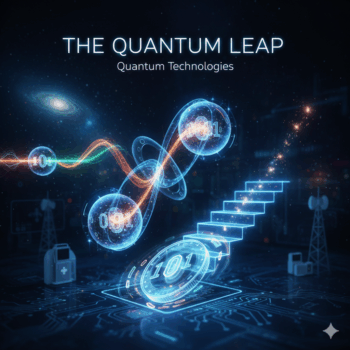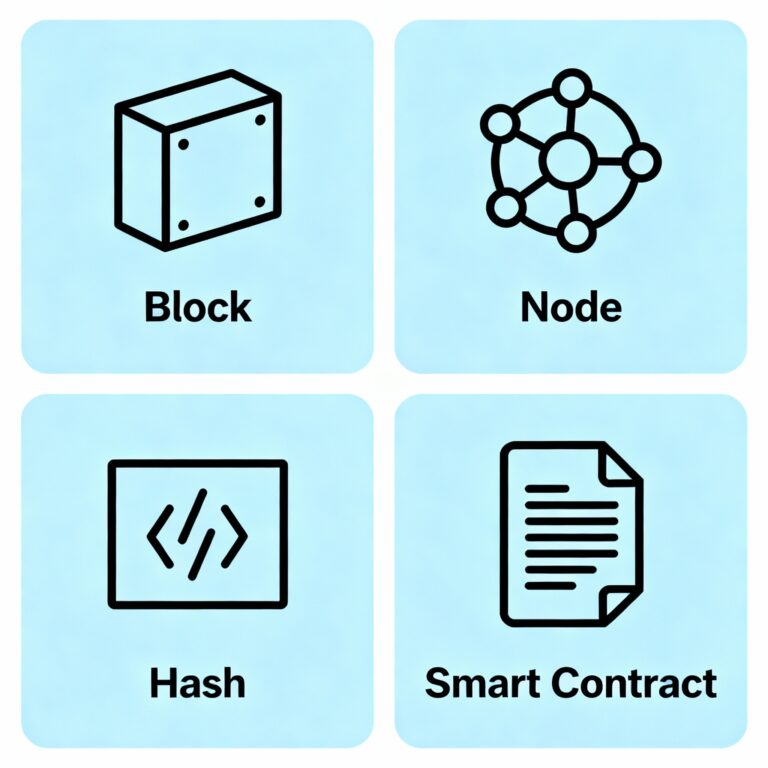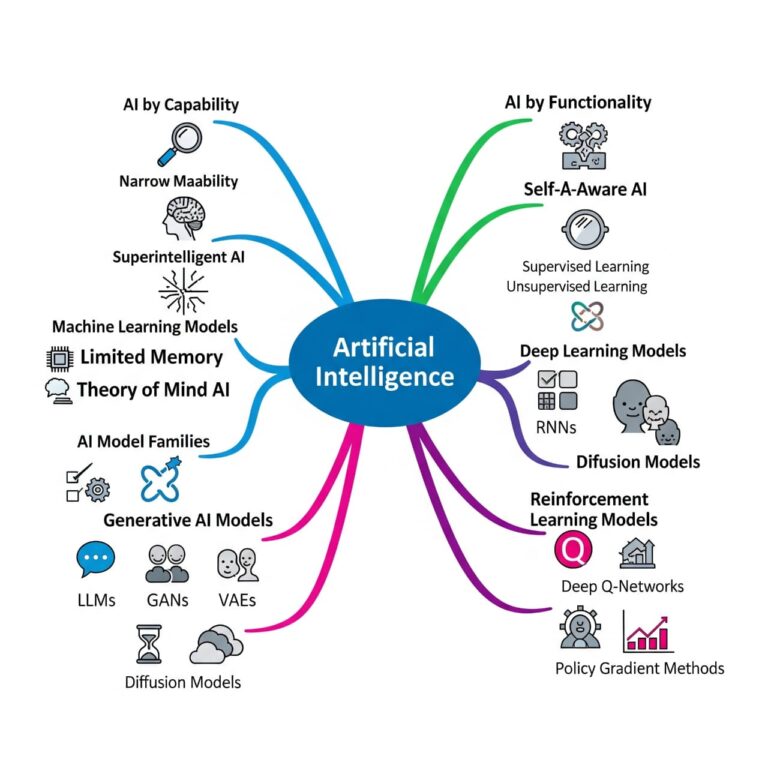The Quantum Leap: Understanding the Principles Behind Quantum Technology
In the modern world, the computer has become an integral part of our lives. Yet, for all their power, the silicon chips that drive them are hitting a fundamental bottleneck. The demand for more powerful computing is constantly rising, pushing scientists and engineers toward the next great frontier.
That frontier is Quantum Technology.
What is Quantum Technology?
Quantum technology is the gateway to the next generation of computation, communication, and sensing. While the term sounds futuristic, its roots lie in the physics of the early 20th century. To truly harness its power, we must look to the realm of quantum mechanics—the science that governs the universe at the smallest possible scales.
Quantum technologies are engineered systems that leverage the unique principles of quantum mechanics to achieve capabilities far beyond what classical physics allows.
In physics, the world is often viewed on two different scales:
- Macroscopic Objects: Everything we can see and feel. The world at this scale is governed by the laws of Classical Mechanics (like Newton’s Laws), which are predictable and intuitive.
- Microscopic Objects: The atomic and subatomic particles (like electrons, photons, and atoms) that make up everything. These particles behave in strange and non-intuitive ways. Classical mechanics fails here, and we must rely on the principles of Quantum Mechanics to understand their behavior.
It’s this unique, almost bizarre, behavior of microscopic objects that quantum technology seeks to harness—a power that promises to revolutionize our world.
The Core Principles of Quantum Tech
Quantum technology primarily leverages three counterintuitive but fundamental principles of quantum mechanics.
1. Superposition
In the computers we use today, information is stored in bits. A bit is a simple switch that can be in one of two states: 0 or 1.
Quantum technology uses qubits (quantum bits). Thanks to superposition, a qubit can exist in a combination of both states at once. It’s not just a 0 or a 1; it’s in a probabilistic state that has a certain chance of being 0 and a certain chance of being 1.
Think of a spinning coin. While it’s in the air, it isn’t heads or tails—it’s a blur of both possibilities. Only when it lands (the moment we measure it) does it settle into a definite state.
Significance: Because a single qubit can represent multiple values simultaneously, a quantum computer can process a vast number of possibilities at once. This parallelism could allow quantum computers to solve certain complex problems exponentially faster than classical supercomputers.
2. Entanglement
Entanglement is a phenomenon so strange that Albert Einstein famously called it “spooky action at a distance.” It describes a deep connection between two or more qubits. When qubits are entangled, their states are linked, no matter how far apart they are.
Once entangled, you cannot describe one qubit without describing the other. If you measure one entangled qubit, you instantly know the state of its partner—even if that partner is light-years away.
Significance: This phenomenon could enable ultra-secure communication networks that are impossible to eavesdrop on. It’s also a key resource for powerful quantum computers, allowing qubits to coordinate in complex calculations.
3. Quantization of Energy
This principle gives quantum mechanics its name. In the quantum world, energy is not continuous—it comes in discrete packets, or quanta. For instance, an electron in an atom can only occupy specific energy levels, not values in between.
Think of it like a staircase versus a ramp. On a ramp, you can stand anywhere. On a staircase, you can only stand on the steps.
Significance: This principle underpins many technologies we already use today. It is the basis of First Generation Quantum Technologies like lasers, semiconductors, and MRI machines.
The Two Generations of Quantum Tech
First Generation Quantum Technologies
These technologies exploit the collective quantum properties of many particles, primarily energy quantization. We already rely on them daily:
- Lasers – used in everything from fiber-optic communication to surgery.
- Semiconductors & Transistors – the bedrock of modern electronics.
- MRI Machines – medical imaging based on nuclear spin resonance.
- Atomic Clocks – ultra-precise timekeepers that enable GPS and global communication.
Second Generation Quantum Technologies
The second quantum revolution is happening now. It is defined by our growing ability to control and manipulate individual quantum systems—single atoms, electrons, or photons. These technologies exploit superposition and entanglement to create genuinely new capabilities. Examples include:
- Quantum Computers – devices that could transform medicine, materials science, and AI.
- Quantum Internet – ultra-secure communication networks.
- Quantum Sensors – highly sensitive devices that could detect faint geological shifts or even subtle brain activity.
Why Quantum Technology Matters
The potential impact of quantum technology extends far beyond faster computers. Quantum sensors could lead to wearable devices that map our brains in real time. Quantum communication could make our digital lives truly secure. Quantum simulations could accelerate drug discovery, materials design, and climate solutions.
As we stand at the threshold of this quantum revolution, the principles of superposition, entanglement, and quantization are forming the foundation of technologies that may define the coming decades. While huge challenges remain, the quantum leap is already underway.
Conclusion
Quantum technology represents one of humanity’s most ambitious scientific frontiers. By mastering the strange rules of the subatomic world, we are unlocking pathways to computational power, secure communication, and sensing capabilities once confined to science fiction. As development continues, we may soon witness a transformation as profound as the digital revolution itself—ushering in an era where the quantum realm becomes part of everyday reality.
Citations & Further Reading
- Feynman, R. P. (1982). Simulating Physics with Computers. International Journal of Theoretical Physics.
- Nielsen, M. A., & Chuang, I. L. (2010). Quantum Computation and Quantum Information. Cambridge University Press.
- Preskill, J. (2018). Quantum Computing in the NISQ era and beyond. Quantum, 2, 79.
- Dowling, J. P., & Milburn, G. J. (2003). Quantum technology: the second quantum revolution. Phil. Trans. R. Soc. A.
- IBM Quantum. (n.d.). What is quantum computing? Retrieved from: https://www.ibm.com/quantum



